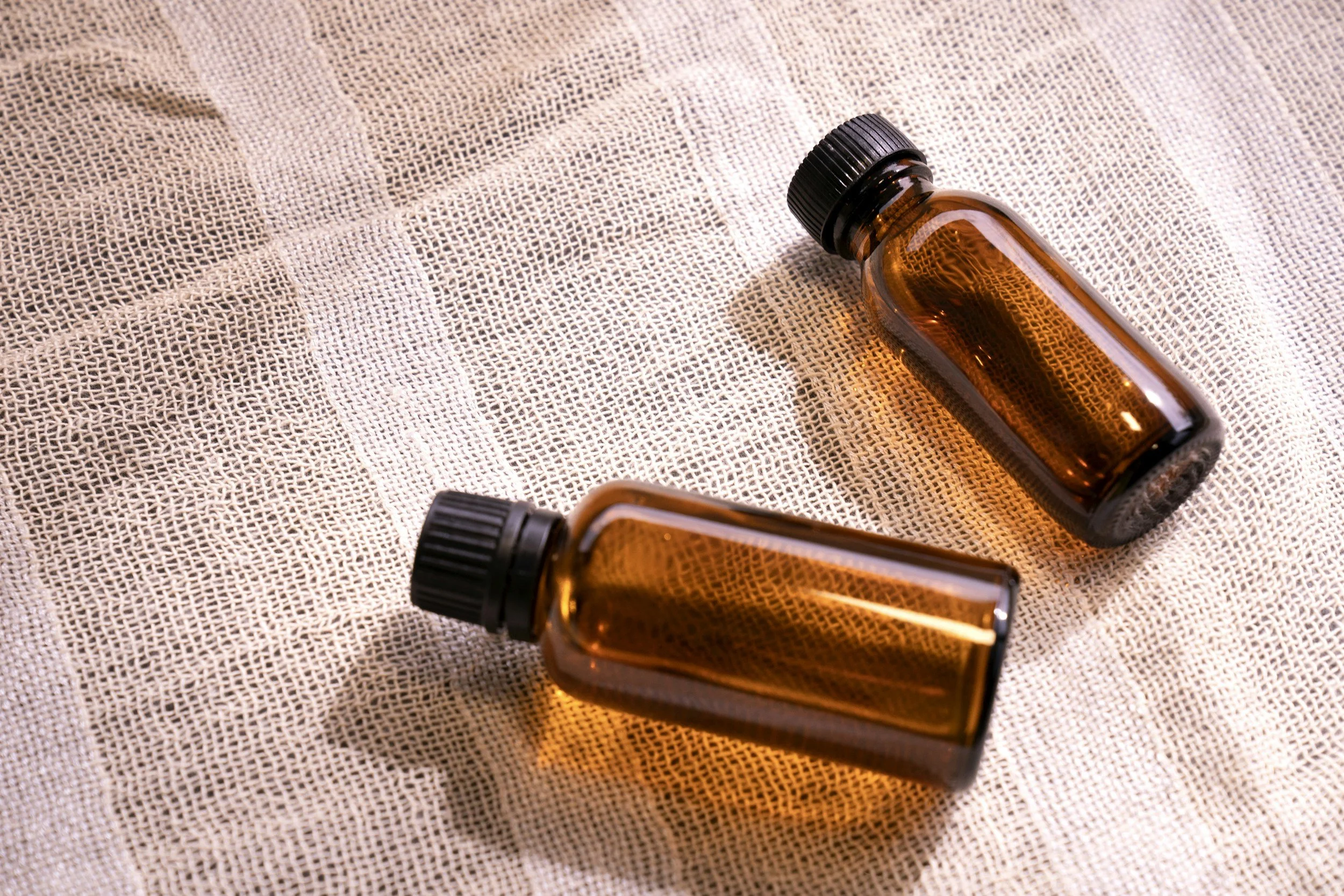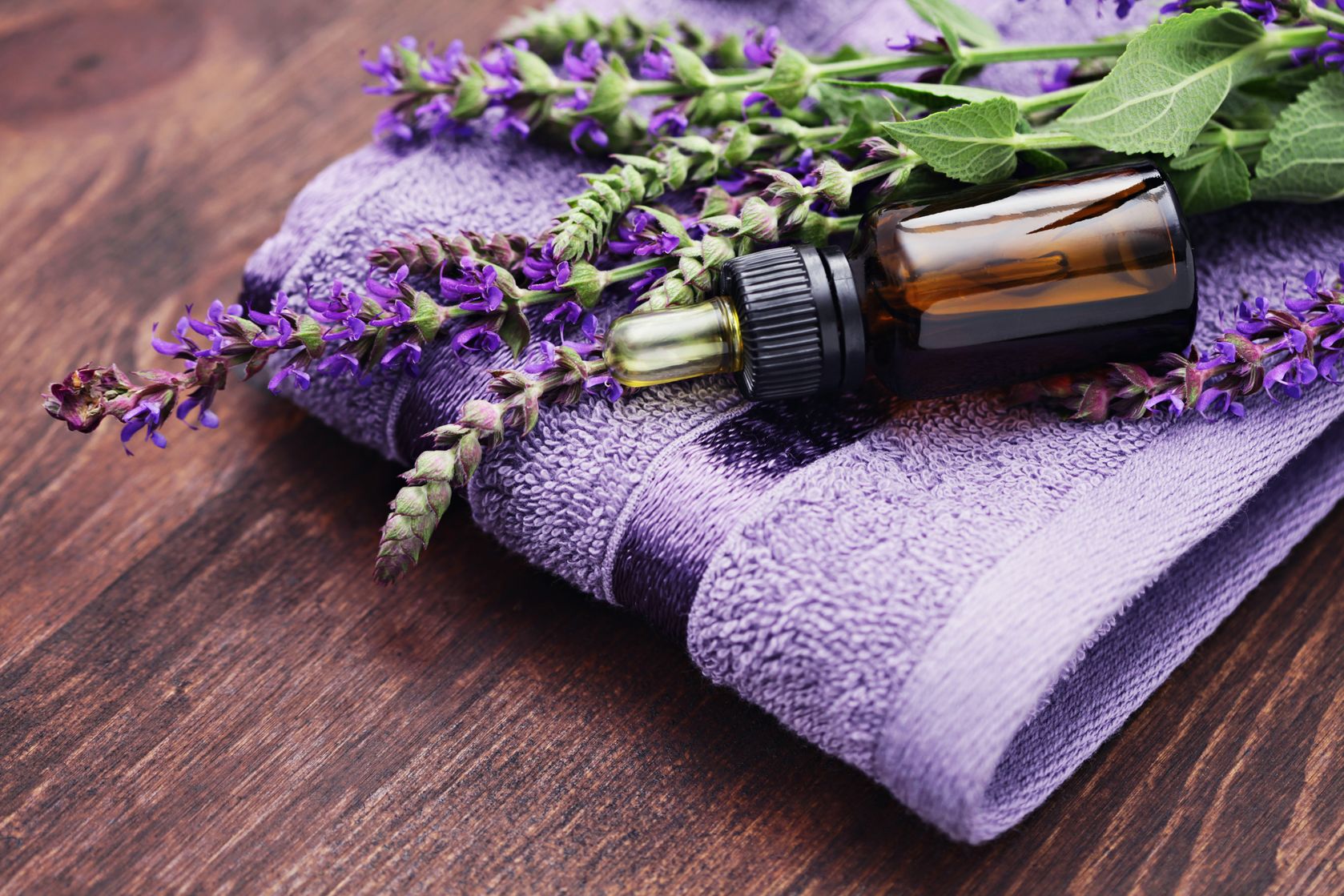The eucalyptus tree (Eucalyptus globulus), known as the gum tree, originates from Australia but now grows widely across the world. With its tall stature and smoky green leaves, it offers more than beauty—it holds powerful medicinal properties. The scent is sharp and clearing, the taste pungent, and the effect on the body immediate: awakening, warming, and moving.
In Ayurveda, eucalyptus is considered a heating plant that helps pacify vata while increasing pitta. It supports the body in shaking off internal chill, improving circulation, and kindling digestive fire. Its primary therapeutic actions are diaphoretic (inducing sweat), decongestant, and stimulant.
The essential oil is extracted through steam distillation of the leaves and is rich in compounds such as eucalyptol and alpha-terpineol, known for their antimicrobial, anti-inflammatory, and antioxidant properties. Because of its wide therapeutic range, eucalyptus oil is a common ingredient in natural wellness products—from chest rubs and salves to mouthwashes and hair treatments. Keeping a bottle of high-quality eucalyptus essential oil on hand can be a valuable addition to your home apothecary.
One of eucalyptus oil’s best-known benefits is respiratory support. It helps open airways, ease congestion, and clear the mind. To use, place a drop or two into your palms, cup them over your nose, and breathe deeply to refresh your system and support clear breathing. You can also dilute the oil with a carrier oil like coconut or almond and massage it onto the chest to ease bronchial congestion. Always dilute properly to prevent skin irritation.
Its antiseptic and cleansing qualities also make it useful for oral care. Add a few drops to water and use as a natural mouth rinse to help reduce plaque and protect the gums. For minor cuts and wounds, eucalyptus oil can be applied (diluted) to cleanse and support healing.
Thanks to its anti-inflammatory and pain-relieving effects, eucalyptus oil is also helpful for sore muscles and joints. Blended into a carrier oil, it can be massaged into areas of tension for relief and relaxation.
In hair care, eucalyptus oil supports a healthy scalp, reduces dandruff, and helps treat dryness and irritation. A few drops mixed into your regular hair oil can revitalize the scalp and bring a cooling, refreshing sensation. It’s even been used as a natural alternative for managing head lice.
Eucalyptus also extends its benefits to the home. It’s an excellent natural cleaner. Combine it with lemon and peppermint essential oils and water in a spray bottle to create an all-purpose disinfectant for surfaces—effective, non-toxic, and beautifully aromatic.
Use with Care: While eucalyptus oil is powerful, it must be used mindfully. Avoid internal use and keep out of reach of children. Do not apply near the eyes. Pregnant and breastfeeding women should consult a healthcare practitioner before use or avoid it entirely.
Eucalyptus Steam Bowl
Purpose:
This aromatic steam opens the lungs, soothes dryness, and clears mental fog. Especially helpful during colder months or for vata imbalances marked by dryness, cold, and shallow breathing.
Ingredients:
3–5 drops eucalyptus essential oil (Eucalyptus globulus)
2 drops lavender essential oil (optional, for calming and balance)
1 tsp sea salt (helps remineralize and soften respiratory passages)
4–6 cups boiling water
Large ceramic or glass bowl
Clean towel
Instructions:
Boil the water and pour it carefully into the bowl.
Add the sea salt and essential oils—starting with 3 drops of eucalyptus and adding more if needed.
Drape a towel over your head and lean over the bowl, creating a tent to trap the steam.
Close your eyes and breathe deeply for 5–10 minutes, allowing the vapors to move through your lungs, sinuses, and mind.
After steaming, rest and hydrate with warm water or herbal tea.
Ayurvedic Notes:
Vata: This recipe is ideal—it brings warmth, moisture, and grounding through heat and breath.
Pitta: Use with caution; eucalyptus is heating and may aggravate pitta if used excessively. Reduce drops to 1–2 and avoid during high heat or inflammation.
Kapha: Very effective—eucalyptus helps break up stagnation, liquefy mucus, and stimulate circulation.
Safety Tips:
Always keep eyes closed to avoid irritation.
Not suitable for small children or those with highly sensitive skin.
Avoid eucalyptus steam if there is active bleeding, high pitta heat, or very dry skin conditions.
Disclaimer
The sole purpose of these articles is to provide information about the tradition of Ayurveda. This information is not intended for use in the diagnosis, treatment, cure, or prevention of any disease.





